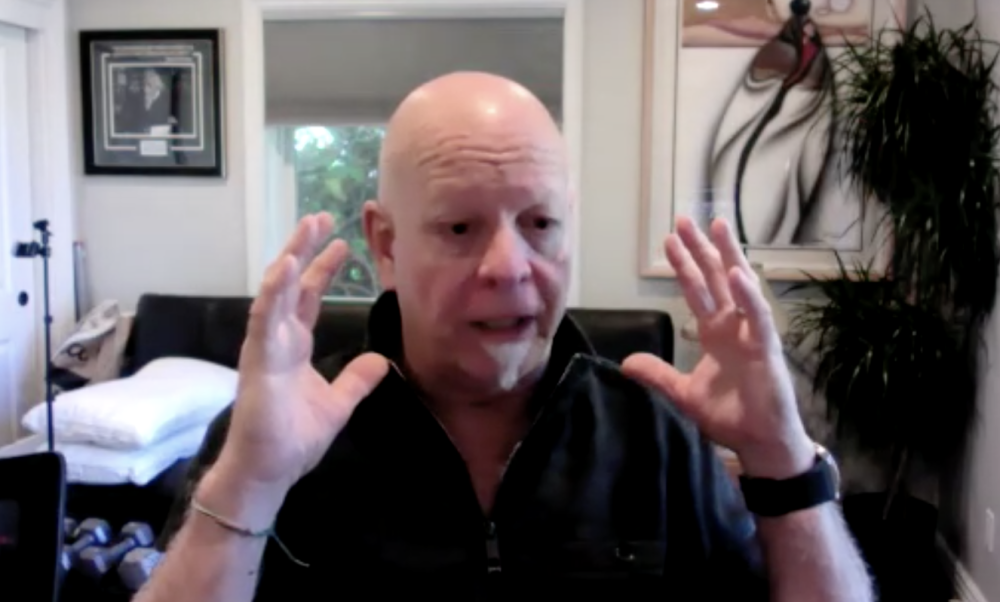It was that easy. The next night Lewis came to The Barn and received a warm welcome and answered phone calls from Baltimore football fans for nearly two hours.
He talked about work ethic, winning football, the fans of Baltimore, his friend Marlin Barnes, and he actually laughed once when I compared him to Lawrence Taylor and made a reference to him being a Hall of Famer. The biggest story of the first game for the talk show fodder was the double-armed pump to the sky he would enact after making big plays against Oakland. He called the “raising the roof” motion, “The Train,” after the popular song by the Quad City DJs. To no one’s surprise, the song and the theme caught on for the team during its maiden season.
After the show that night, I taught Ray Lewis how to eat crabs downstairs at The Barn after he admitted on the air that he had never tried one. At first, he scoffed, calling it “too much like work.”
Lewis came out to The Barn three more times that season for my show and actually became a fixture in the restaurant downstairs, falling in love with the distinctly Baltimore tradition of eating crabs and having a few beers. Once he became a Baltimore icon, he would insist on carry-out crabs so he could enjoy them at home with his family.
Perhaps the scariest moment of Lewis’ career – maybe even more scary than the infamous arrest and murder charge in Atlanta that would follow almost three years later – came on the practice field at training camp in Westminster the following summer.
While running through drills on a sweltering afternoon, a since-forgotten fullback out of Southwest Louisiana named Kenyon Cotton rolled through the defensive line and had a head-on collision with Lewis. Suddenly, for more than a brief moment, everything in the organization stopped.
Lewis lay motionless in the middle of the field and trainer Bill Tessendorf and his staff ran feverishly to him. He was numb. Minutes later a helicopter would arrive and transport the future Hall of Famer to the University of Maryland Shock Trauma unit. The scare – which wound up being a nasty “stinger” – seems a distant memory now, but for a few frightening hours, Lewis’ career appeared in jeopardy.
During that second season, Lewis would seal the fate of the greatest win in Ravens history prior to the Super Bowl season, at least in the mind of the locals.
With the game on the line at the newly anointed Jack Kent Cooke Stadium on Oct. 26, 1997, and a 20-17 lead about to unravel, it was Ray Lewis who intercepted a Gus Frerotte pass just inside field-goal range in the final two minutes to seal the victory over the hated Redskins. The next night Lewis shepherded running back Bam Morris, who had rushed for 176 yards and a touchdown at Washington, over to The Barn for his first appearance on my show.
Morris was very sheltered during his time in Baltimore. A multiple offender of the league’s substance abuse policy, Morris had been found with a trunk load of marijuana


























